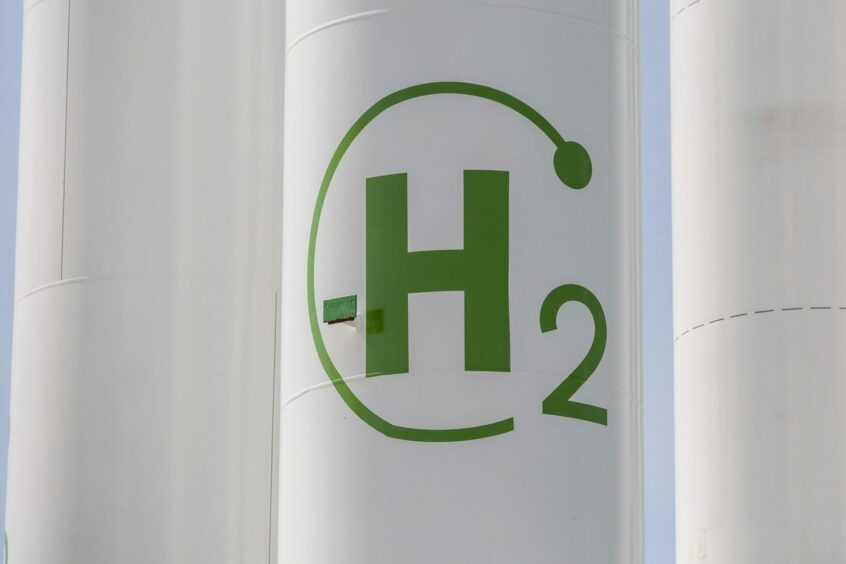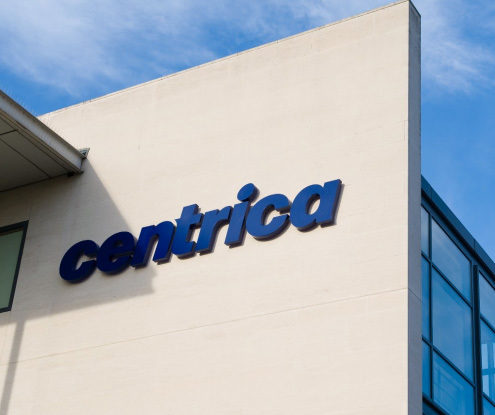
Australia has only one committed hydrogen project out of a vast pipeline of proposals worth A$266 billion ($178 billion), showing the challenge in becoming a major exporter of the zero-carbon but still unproven fuel.
Investment in the country’s huge fossil sector, meanwhile, has continued apace, with oil and gas accounting for 55% of major resources projects in development, new government figures show.
The world’s second-biggest exporter of coal and liquefied natural gas (LNG) has in recent years talked up its potential to be a clean power and transition minerals superpower. Green hydrogen, which is manufactured using renewable energy, is central to this ambition.
But the majority of hydrogen feasibility studies have ended in failure, with developers concluding that projects cannot stand up commercially, the government said in its Resources and Energy Major Projects Report released Monday. Only A$100 million has been committed so far.
“Most feasibility studies have concluded that significant government support is still required for low-carbon hydrogen projects to be commercially viable,” according to the report.
Still, Canberra stressed hydrogen was a “new field,” adding the “landscape of projects is expected to change rapidly.” If all existing proposals reached financial close, hydrogen would immediately become by far Australia’s fastest growing export industry, the report found.
Major global companies including BP Plc, Macquarie Group Ltd. and Fortescue Metals Group Ltd. have plans for ambitious hydrogen projects in Australia.
But as yet big capital is overwhelmingly betting on carbon-emitting fossil fuels. New investment in natural gas — which unlike hydrogen has an established market — is booming, with A$46 billion of investment committed. No. 2 is iron ore, with A$10.7 billion committed, then coal, with A$7 billion.
Of the “future facing” metals needed in renewable energy, electric vehicles and electrical devices, A$4.6 billion has been committed to new lithium projects in Australia, and A$2.3 billion to copper.
Total commodity export earnings are expected to reach a record A$459 billion this fiscal year, thanks to surging prices as a result of the war in Ukraine, the government said. Coal, iron ore and gas will once again dominate.
Expected earnings from top energy and resources exports this fiscal year:
Metallurgical and thermal coal: A$133 billion
Iron ore: A$113 billion
LNG: A$90 billion
Gold: A$27 billion
Lithium: A$16 billion
Crude oil: A$15 billion
Copper: A$12 billion
